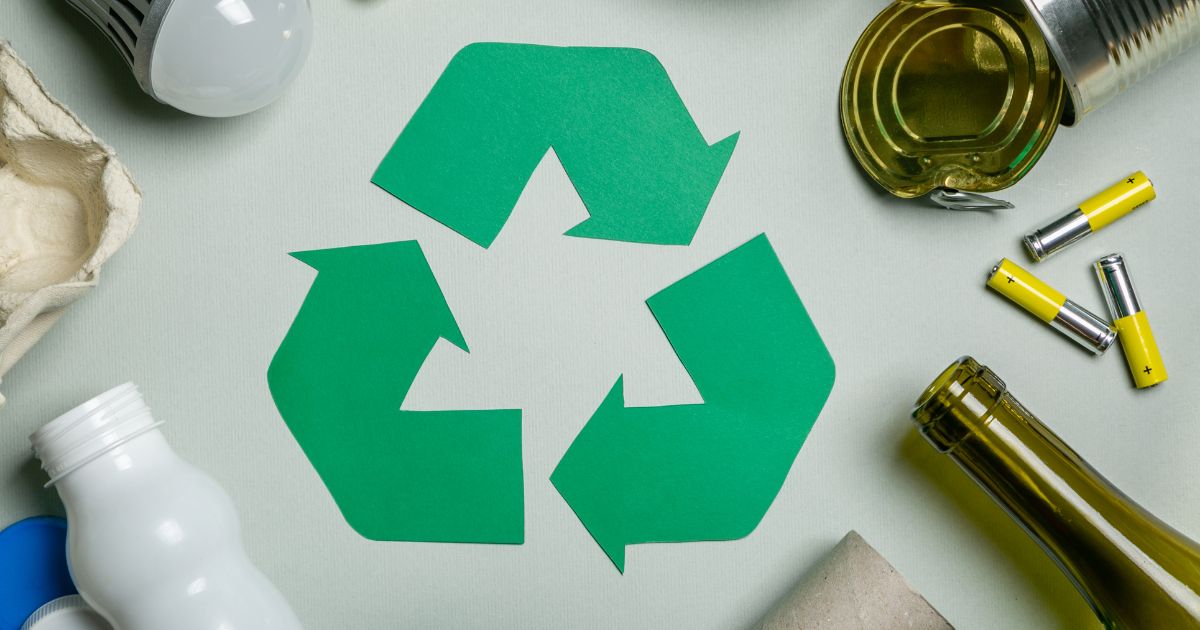In today’s world, where environmental sustainability is at the forefront of global concerns, mastering the art of house clearance is more important than ever. Whether you’re downsizing, decluttering, or preparing a property for new occupants, effective house clearance entails more than simply removing unwanted items. It involves strategic planning, mindful decision-making, and a commitment to reducing waste and recycling responsibly. In this comprehensive guide, we’ll explore key strategies and answer essential questions to help you navigate the house clearance process with confidence and environmental consciousness.
Understanding House Clearance
House clearance is not just about emptying a space; it’s about making informed choices to minimize waste and maximize recycling efforts. This process involves sorting through belongings, deciding what to keep, donate, recycle, or dispose of, and executing the necessary actions accordingly. It requires understanding the challenges associated with house clearance, such as emotional attachment to belongings, logistical constraints, and environmental concerns. By gaining a comprehensive understanding of house clearance, individuals can better navigate the complexities of the process and make informed decisions to achieve their desired outcomes while minimizing waste and promoting sustainable practices.
Learn about the cost of house clearance and factors affecting it in our post on how much house clearance cost.
Implementing Effective Strategies for House Clearance
Once you’ve grasped the fundamentals of house clearance, it’s time to put effective strategies into action. Here are some key approaches to optimize your house clearance experience:
A. Sorting and Categorizing Items:
- Begin by categorizing items into groups such as keep, donate, recycle, or dispose of.
- Use designated areas or containers for each category to maintain organization.
- Consider factors such as item condition, utility, and sentimental value when making decisions.
B. Donation and Recycling Centers:
- Research local donation centers, thrift stores, or charitable organizations that accept various types of items.
- Donate items in good condition that others may find useful, such as clothing, furniture, and household goods.
- Utilize recycling centers for materials like paper, cardboard, glass, plastic, and electronics.
C. Proper Disposal Techniques:
- Dispose of hazardous materials, such as batteries, chemicals, and electronic waste, responsibly according to local regulations.
- Use designated waste disposal facilities for items that cannot be recycled or donated.
- Avoid illegal dumping and explore options for proper disposal, such as community collection events or hazardous waste drop-off locations.
D. Hiring Professional Services:
- Consider hiring professional house clearance services for large-scale projects or situations involving specialized items.
- Research reputable companies that prioritize responsible disposal practices and eco-friendly solutions.
- Obtain quotes and compare services to ensure the best fit for your needs and budget.
By implementing these strategies, you can navigate the house clearance process efficiently and responsibly, contributing to waste reduction efforts and promoting environmental sustainability.
Conclusion
In conclusion, effective house clearance is essential for maintaining a clutter-free environment, optimizing space utilization, and promoting sustainable practices. By addressing key questions and implementing strategic approaches such as sorting and categorizing items, utilizing donation and recycling centers, employing proper disposal techniques, and considering professional services, individuals can streamline the clearance process while minimizing waste and maximizing recycling efforts.
Furthermore, house clearance presents an opportunity to contribute positively to the community by donating items to those in need and reducing the burden on landfills through responsible disposal practices. By taking proactive steps towards waste reduction and recycling, individuals can make a tangible impact on both their immediate surroundings and the broader environment.
As we strive towards a more sustainable future, it’s crucial to recognize the importance of responsible consumption and disposal habits. By incorporating the principles outlined in this guide into your house clearance efforts, you can play a vital role in conserving resources, reducing environmental impact, and creating a cleaner, greener world for generations to come.
Key Questions for Effective House Clearance
1) What items should be recycled, donated, or disposed of during house clearance?
Common items suitable for recycling during house clearance include paper, cardboard, glass, plastic containers, and aluminum cans. Clothing, furniture, and household goods in good condition can be donated to local charities or thrift stores. Hazardous materials like batteries, chemicals, and electronics should be disposed of responsibly to prevent environmental harm.
2) How can one assess the value of items before deciding whether to keep, donate, or dispose of them?
To assess the value of items before house clearance, consider factors such as the item’s condition, utility, and market value. Research similar items online or consult with appraisers for insights. Additionally, sentimental value may influence decisions. Valuable items may be worth keeping, while those with little value may be candidates for donation or disposal.
3) What are some eco-friendly disposal methods for various types of items?
Eco-friendly disposal methods during house clearance include composting organic waste like food scraps and yard debris. Recycling materials such as paper, cardboard, glass, and plastics reduces the need for raw materials. Repurposing or upcycling items extends their lifespan and reduces waste. For hazardous materials like electronics or chemicals, seek specialized recycling facilities to ensure proper handling and prevent pollution.



